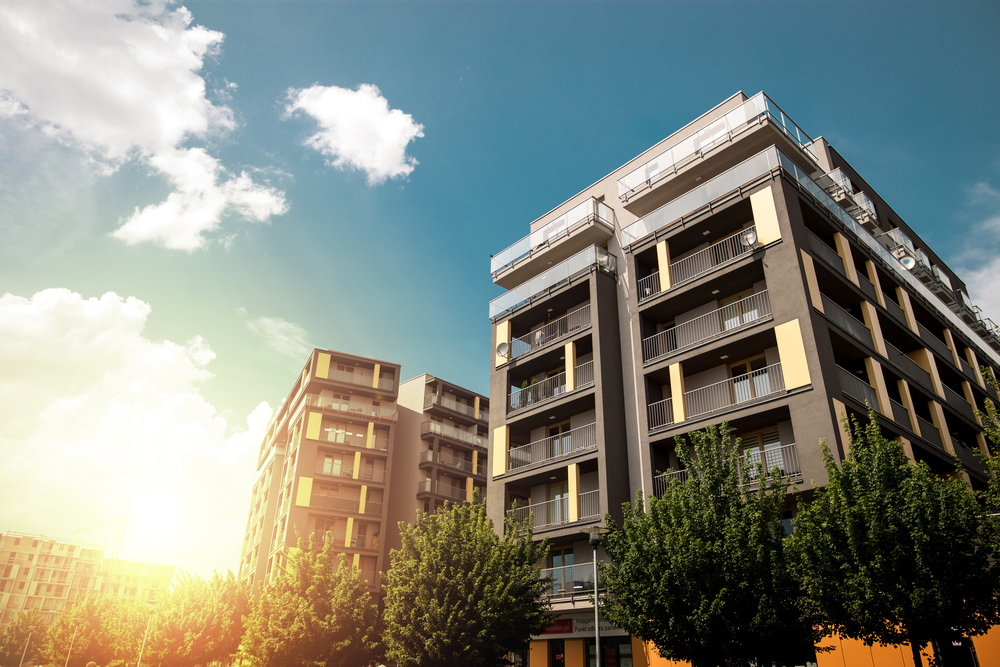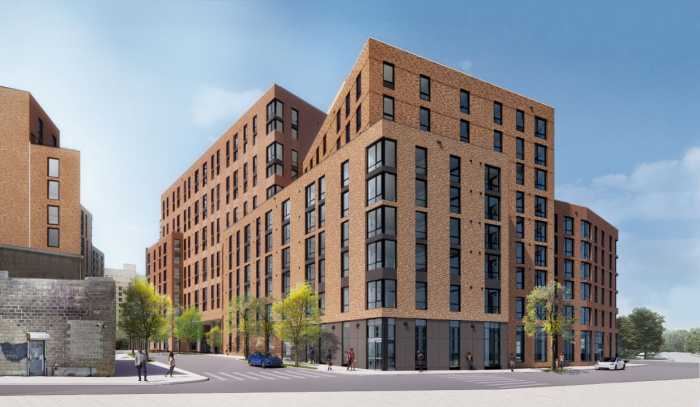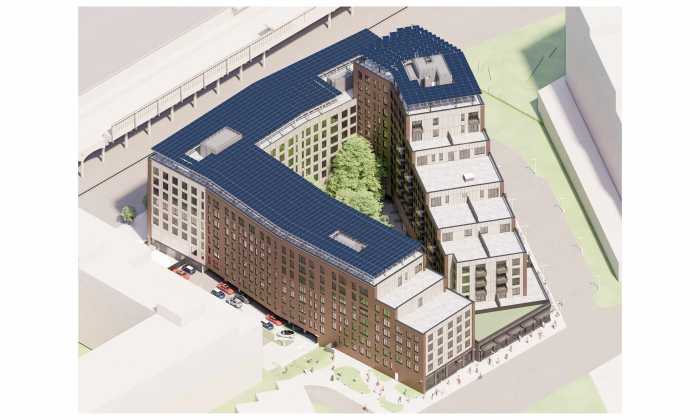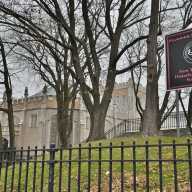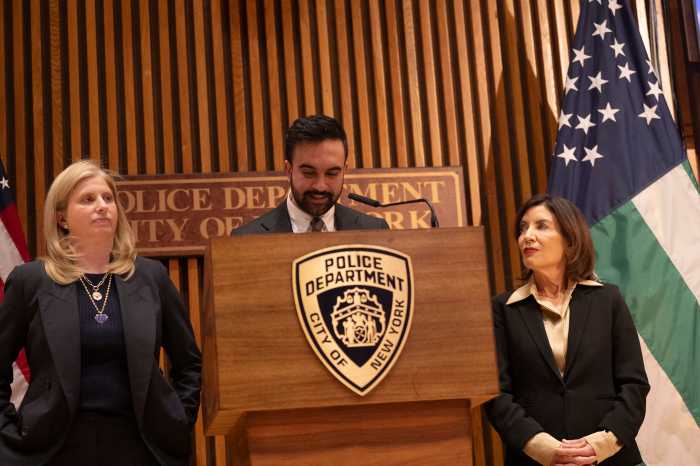A lofty tax exemption designed to spur affordable housing development in Queens and other parts of New York State is back from the dead.
The Real Estate Board of New York (REBNY) and the Building and Construction Trades Council of Greater New York (BCTC) have agreed with the state on a plan to extend the affordable housing program known as 421-a.
The tax exemption gives developers an incentive to build apartments, with a portion of the new units dedicated affordable housing for middle- and working-class families. The program had expired in June 2015, and Governor Andrew Cuomo and the state legislature agreed to extend 421-a until REBNY and BCTC came to an agreement over wages. By January 2016, no agreement had been made.
After a 10-month stalemate between REBNY and BCTC, the two parties came to an agreement, extending the 421-a plan.
Under the new agreement, the program will require buildings that are eligible for the program in Queens and Brooklyn to pay construction workers an hourly wage of $45 (including wages and benefits). Eligible buildings in Manhattan would pay an hourly wage of $60.
The deal also extends the maximum amount of time developers can pay zero in property tax with 421-a from 21 years to 35 years. In return, the affordable apartments developed with rent restrictions must stay affordable for 40 years, instead of the original 35 years.
“While I would prefer even more affordability in the 421-a program, this agreement marks a major step forward for New Yorkers,” said Cuomo in a statement about the agreement. “The agreement extends affordability for projects created with 421-a for an additional five years – bringing affordability for these units to 40 years. It also allows lower-income individuals to qualify as it lowers the percentage of area median income needed to apply.”
According to Real Estate Weekly, the wages and benefits requirement applies to buildings in Queens, Brooklyn and Manhattan that have 300 rental units or more. In order to enforce the new wage requirements, developers will be required to hire “independent monitors” to audit payrolls and gain certification from the NYC Department of Housing Preservation and Development.
The extension of the 421-a plan also allows the State Legislature to release $2 billion in funds for statewide affordable housing, but that isn’t coming without its own struggles.
“Until this agreement is finalized, the State Legislature has refused to release $2 billion in state affordable housing funds,” said Cuomo. “I urge the Legislature to come back to Albany to pass desperately needed affordable housing and to sign the MOU to release these funds. We simply cannot allow the lack of resolution to stall affordable housing production for years to come. There is no excuse not to act.”
The return of the 421-a program will allow already existing affordable housing projects that were put on hold to resume construction. This past summer, the developers of Hallets Point had to abandon their plans to build the only development in New York City that could generate its own hot water, electricity, heating and cooling systems on site. The rest of the project was also left up in the air.

